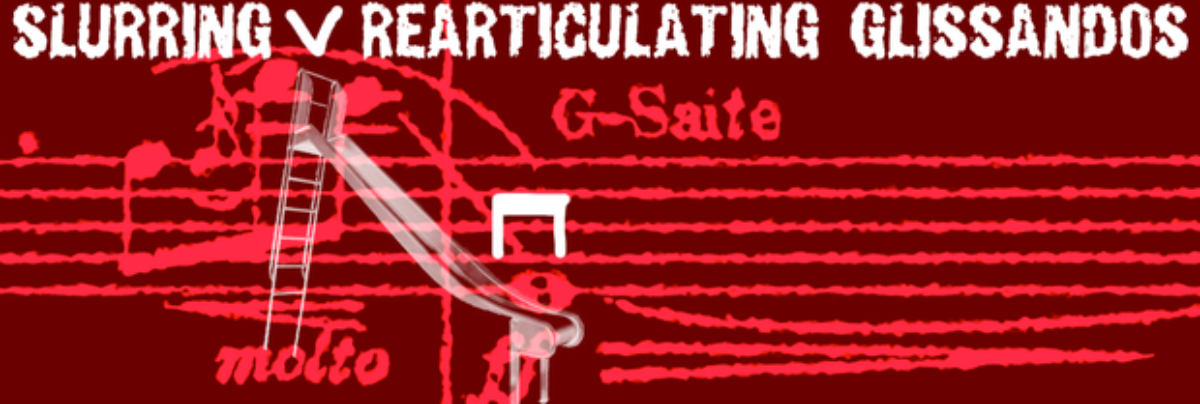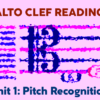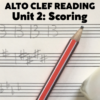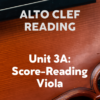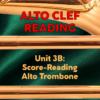When to add a slur over a glissando mark – and when not to.
(Tip no. 91 from 100 MORE Orchestration Tips, to be released in 2020.)
One of the most common bugaboos of the developing orchestrator is the unintentional ambiguity of their string glissando scoring. I see this all the time: a composer has scored a pair, or several pairs, of tones separated by straight glissando lines, with the intention that the string players glissando between the pitches; and yet there’s no slur or other guide to inform them of how to bow the note.

Usually, I simply suggest to the orchestrator under evaluation that they connect each pair with a slur, which is probably their intention 99.9% of the time. This is the simplest approach for the player as well, meaning that each pair of quarter notes in this case is essentially a half note for the purposes of bowing, even though there’s actually a starting pitch, a destination pitch, and all the pitches of the glissando between them.

However, this isn’t the end of the question. There are situations in which the orchestrator may need the player to bow each written note separately. These include:
- the need for emphasis at the end of the glissando
- a very long glissando using up much of the bowstroke
- a case in which the glissando crosses the strings
In the case of the above, here’s a situation in which the orchestrator not only should but also must supply down-bow and up-bow markings, at least in the first instance (after which the second pair may be marked “sim.” and the rest accepted by the player as having the same approach). You have to let the player know that you need the starting and destination pitches to be bowed separately. What this means is that the player will usually play the first pitch and then start to slide their finger up or down under the same bow, and then quickly change bow (often with some added emphasis indicated by an articulation mark) when the destination pitch is reached (which hopefully will coincide with the intended time value).

Even so, this down/up (or even up/down in some situations) approach can quickly become tiresome for the player – and the listener as well, if the effect is too jarring and obvious. And yet, it’s enormously useful to the player in solving problems when our list of conditions above attain the perfect trifecta. One such passage is the infamous glissando from Mahler’s Symphony no. 4, movement 3, in which the first violins have a very long glissando that both crosses the strings andends with an emphasis. Though the score isn’t marked, violinists will approach the bowing in the manner marked below.


